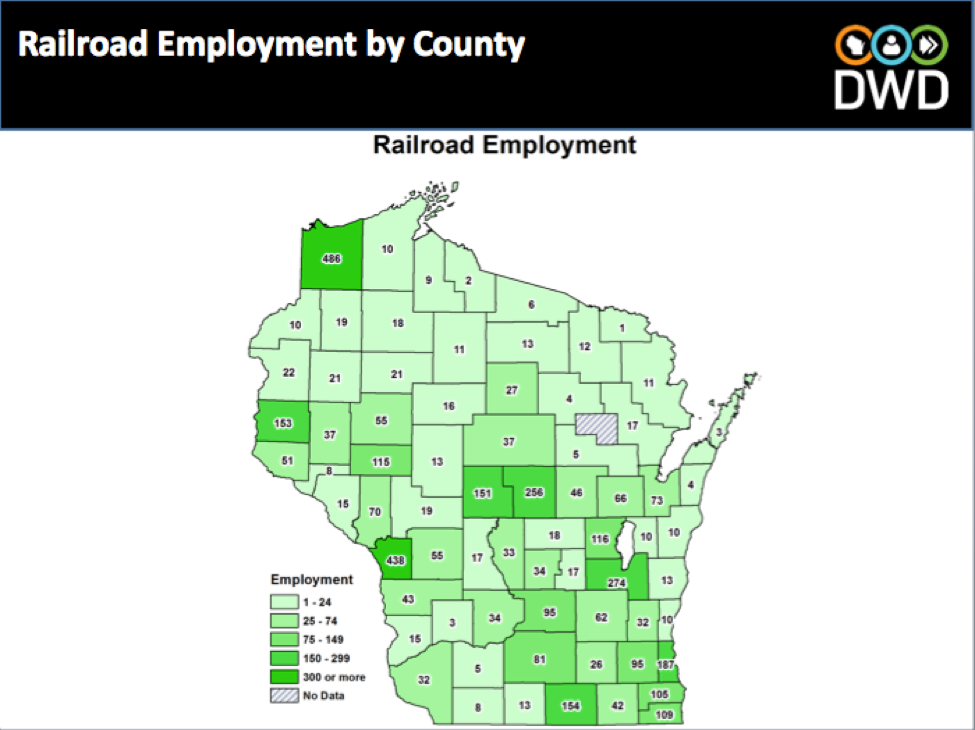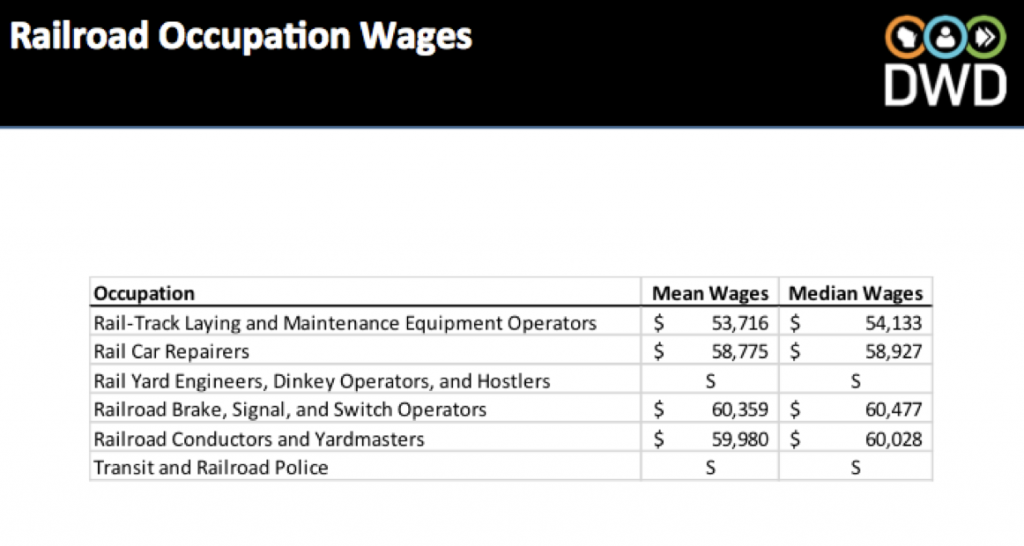Madison, WI — When railroads talk about their infrastructure, they’re not only referring to rails and locomotives. People are at the core of what railroads do every day—and their impact extends far beyond the rail lines to every corner of the country. From the yardmaster and conductor to the locomotive mechanic and dispatcher, rail employees keep America’s economic engine running.

Jobs and economic development were two of the primary topics at Wisconsin’s annual Freight Rail Day on November 2. Dozens of local officials and rail stakeholders from across the state gathered to focus on the economic engine that supports 1.5 million jobs across the country.
In Wisconsin, 3,128 railroaders live in nearly each of the state’s counties, with Douglas and La Crosse counties having the largest concentrations. These direct rail jobs, in addition to being well-paid, indirectly support thousands more across the state. Indeed, each rail job supports another nine jobs across the economy.
The impact of railroad employment also extends beyond current employees to the 12,200 railroad retirees that call Wisconsin home—and depend on the economic health of the railroad.
Veterans Day 2017 is an important time to reflect on military hiring and how veterans can transition from military service to successful careers.
Freight railroads have and continue to make a commitment to hiring veterans. Nearly one in five of the estimated 15,000 new employees freight railroads hire in 2017 will have served in our nation’s military. The industry also partners with the Employer Support of the Guard and Reserve (ESGR) and the White House Joining Forces initiatives, making railroads front and center in the eyes of current service members.
As of this month there are dozens of open positions spread across Wisconsin that can provide the opportunity to build lifelong, well-paying careers in a wide variety of exciting railroad fields, from engineering and dispatching to law enforcement, information technology and industrial development.


